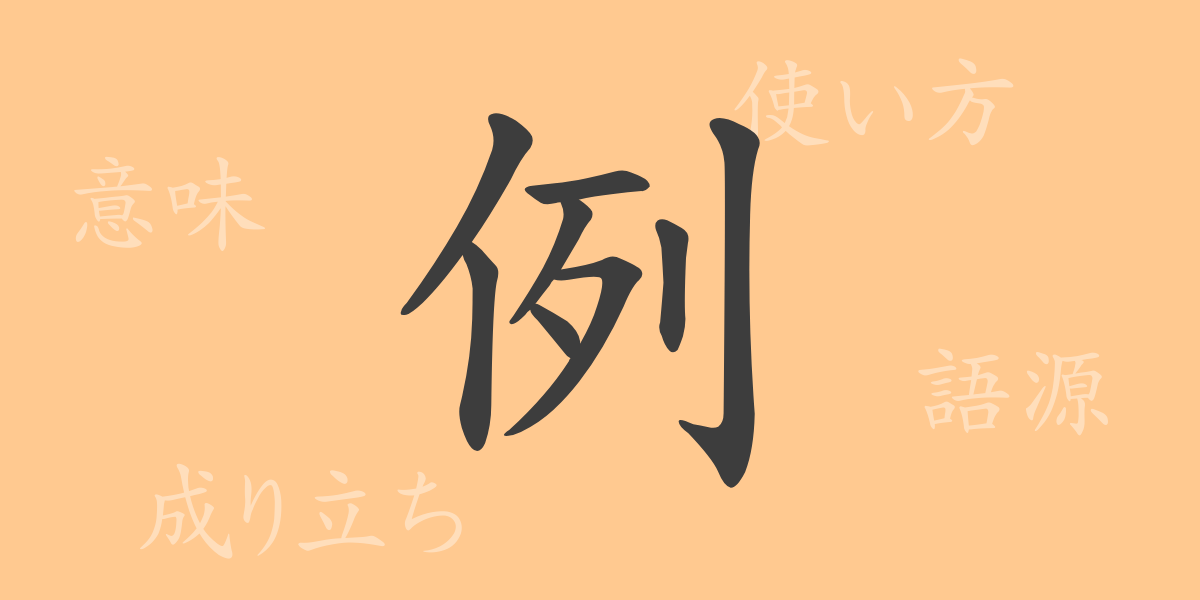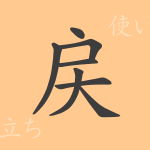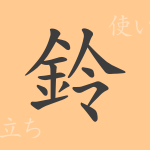The kanji (かんじ) characters in the Japanese language embody both profound meanings and aesthetic beauty, reflecting the culture and history behind the words. The kanji “例” (れい) is a word we frequently use in daily communication, but we might not often think deeply about its origin or meaning. In this article, we will delve into the allure of this kanji, from its etymology to its modern usage, including idioms and expressions that feature it.
The Origin (語源) of 例 (れい)
The kanji “例” (れい) traces its origins back to ancient China. It originally combined the radical “刂” (りっとう), which resembles the shape of a knife, and the character “列” (れつ). Literally meaning “to cut a line with a knife,” it evolved to signify “to establish rules or laws.” Thus, “例” was initially used to denote laws and regulations.
The Meaning and Usage of 例 (れい)
In modern Japanese, “例” (れい) is used in various contexts such as “前例” (ぜんれい, precedent), “例外” (れいがい, exception), and “例える” (たとえる, to compare). Generally, it is used to indicate “a typical example or case,” often to show that a particular situation or action is as usual. Additionally, in the form of “例外” (れいがい), it frequently refers to “a special case that deviates from the norm.”
Reading, Stroke Count, and Radical of 例 (れい)
The structure and basic information of the kanji “例” (れい) are as follows:
- Reading: On’yomi (おんよみ) is “レイ” (れい), Kun’yomi (くんよみ) is “たと” (たと)
- Stroke Count: 8 strokes in total
- Radical: 人 (ひと, person) or 亻 (にんべん, person radical)
Idioms, Expressions, and Proverbs Using 例 (れい)
There are numerous idioms, expressions, and proverbs in Japanese that include “例” (れい). Here are a few examples:
- 前例 (ぜんれい): A previous instance or case; something done based on that precedent.
- 例外 (れいがい): Something that deviates from general rules or conditions.
- 例証 (れいしょう): Demonstrating by giving examples.
- 例えば (たとえば): A word used to give an example for explanation.
- 無例 (むれい): Something unprecedented.
Summary of 例 (れい)
The kanji “例” (れい) is deeply rooted in the Japanese language, both in form and meaning. From its etymology to its modern usage, including the idioms and expressions it comprises, this kanji plays a significant role in our language. As we see, “例” (れい) is more than just a character; it carries a history and tradition that continue to live within the Japanese language and culture.

























